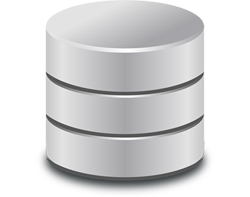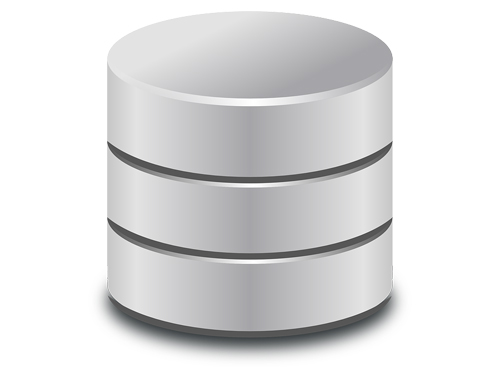 This tutorial is part of our WordPress Management tutorial series. In this section, we provide an overview of WordPress database maintenance with links to step-by-step tutorials on two methods of maintaining your WordPress database.
This tutorial is part of our WordPress Management tutorial series. In this section, we provide an overview of WordPress database maintenance with links to step-by-step tutorials on two methods of maintaining your WordPress database.
***
WordPress Database Management
All data from your WordPress site is stored in a database on your server. Over time, the continuous process of adding, editing, and deleting data, installing and removing plugins, themes, images, etc. to your WordPress database can affect its performance. Cleaning up, backing up, and maintaining your database optimized can help to improve the performance of your website.
How To Backup Your WordPress Database
Managing your WordPress database requires performing a routine maintenance of your WordPress MySQL database. This includes optimizing and repairing database tables and creating backups of your MySQL database.
You will learn how to perform MySQL database backups using two data backup methods: phpMyAdmin and Backup Wizard. You will also learn about tools that can automate your WordPress data backups.
![]()
Most web hosts offer phpMyAdmin, but not every host offers cPanel. It is a good idea, therefore, to know how to perform WordPress database backups using both of these methods.
Your WordPress MySQL Database
Your WordPress site stores all of your data in a MySQL database. This data includes all of the content from your posts, pages, categories, tags, links, general settings, plugin settings, etc …

(All WordPress data is stored in a MySQL Database)
Performing regular MySQL database maintenance and backups is not only an essential and important aspect of your WordPress site maintenance, it is a vital task that must be routinely done to protect your site from any number of events that can affect or corrupt your MySQL database and ensure yourself against data loss.
![]()
Don’t rely on your hosting company only for your backups. Not all hosting companies provide immediate support when issues or problems arise.
Optimizing MySQL Tables
If extensive changes are made to a table in your MySQL database, this can significantly affect your site’s performance. Optimizing your MySQL tables helps to reclaim unused space and defragment the data file, which in turn can help to decrease server load on running CPU processes and overall overheads.
Exporting MySQL Tables
This is where you back up your database file by exporting all of the data into an sql file, and downloading this file to your local hard drive, or offsite storage location.
Repairing MySQL Tables
Unexpected shutdowns or disk space problems can create errors in your database tables. Corrupted tables can lead to observable errors and/or error messages alerting you to failures in the database to save changes made on your site, unexpected termination of processes, crashes, etc.
Using the “Check Table” and “Repair Table” functions can help you perform simple repairs to your MySQL database.
WordPress Database Management Tutorials
This training section includes the tutorials below:
To learn how to perform a MySQL database backup of your WordPress site using phpMyAdmin, see the tutorial below:
To learn how to use cPanel’s Backup Wizard to back up your WordPress database, see the tutorial below:
![]()
To learn how to automate your WordPress backups using WordPress plugins, go here:
![]()
We recommend completing the tutorials above before continuing to the next section.
Next
Now that you know how to perform database maintenance for your WordPress site, the next step is to learn how to back up your WordPress site files.
To learn how to backup your WordPress site files, see the tutorial below:

(Source: Pixabay)
***
"Your training is the best in the world! It is simple, yet detailed, direct, understandable, memorable, and complete." Andrea Adams, FinancialJourney.org
***

